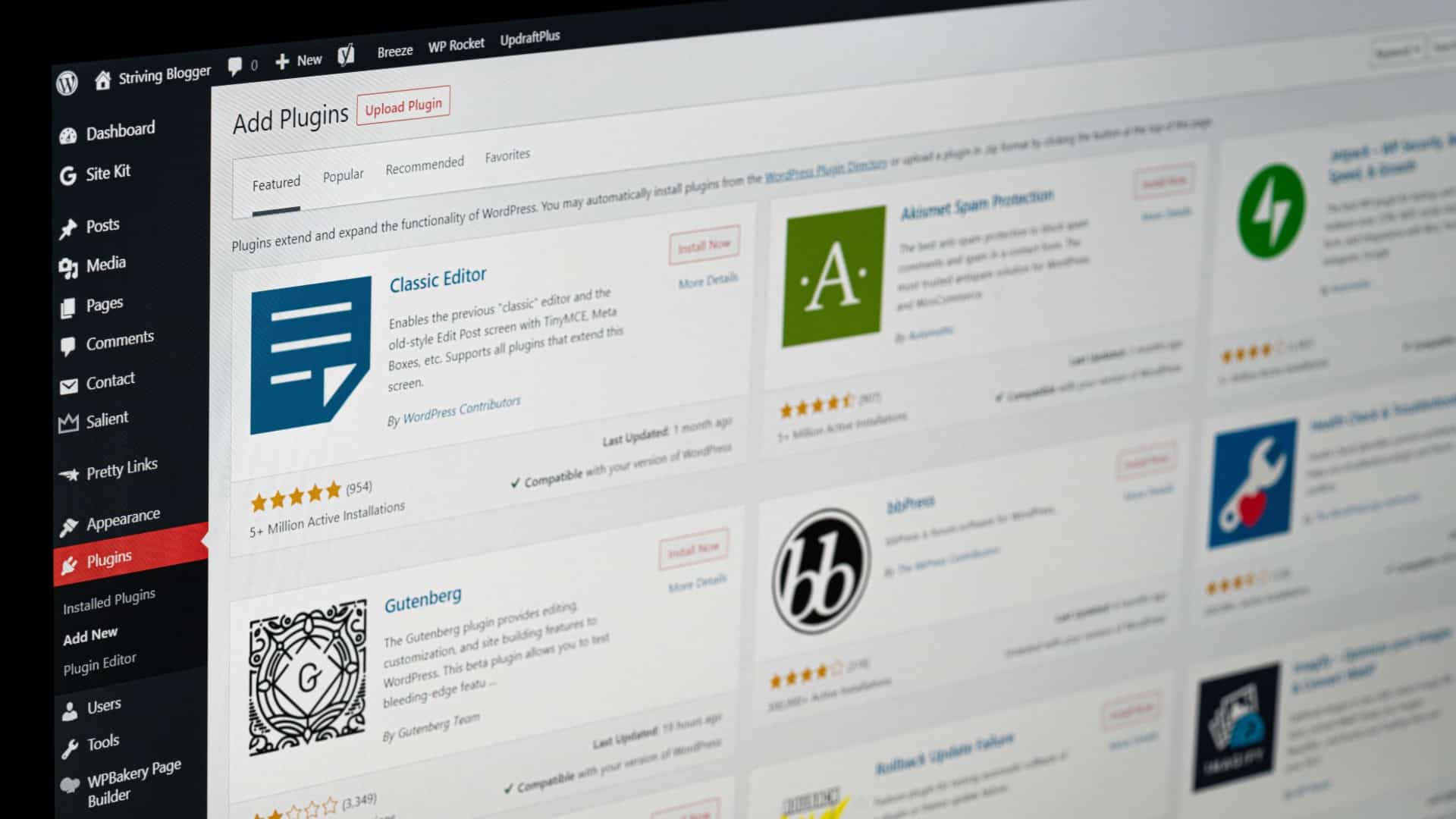The rise of e-commerce has revolutionized the way businesses operate, offering vast opportunities to reach a global customer base and generate significant revenue. Building a successful online store requires careful planning, strategic execution, and attention to detail. In this comprehensive blog post, we’ll delve into the key steps and considerations to help you harness the potential of e-commerce and create a thriving online store.
- Define Your Niche and Target Audience:
Before diving into the world of e-commerce, it’s crucial to identify your niche and target audience. Conduct thorough market research to determine the demand for your products or services. Assess the competition, identify gaps in the market, and refine your unique selling proposition (USP). Understanding your target audience’s preferences, needs, and pain points will allow you to tailor your online store and marketing efforts effectively. - Choose the Right E-commerce Platform:
Selecting the right e-commerce platform is crucial for the success of your online store. Consider factors such as scalability, ease of use, customization options, payment gateway integration, and SEO capabilities. Popular e-commerce platforms like Shopify, WooCommerce, and BigCommerce offer user-friendly interfaces and a range of features to streamline your online store setup and management. - Design a User-Friendly and Engaging Website:
The design and user experience (UX) of your online store can make or break its success. Create a visually appealing, intuitive, and mobile-responsive website that showcases your brand identity. Ensure easy navigation, clear product categorization, and a streamlined checkout process. Optimize page load times and employ high-quality product images and descriptions to engage and convert visitors into customers. - Develop a Strong Brand Identity:
Building a strong brand identity is essential for establishing credibility and standing out in the competitive e-commerce landscape. Develop a compelling brand story, logo, and consistent visual elements. Craft unique product descriptions and use professional product photography to create a cohesive and memorable brand image. Leverage social media channels and content marketing to build brand awareness and connect with your target audience. - Implement a Robust Product Management System:
Efficiently managing your product inventory, pricing, and order fulfillment is crucial for seamless operations. Implement a robust product management system that allows you to track inventory levels, automate order processing, and manage customer communications. Integrating your e-commerce platform with an inventory management system or order fulfillment service can streamline operations and enhance customer satisfaction. - Optimize for Search Engines:
Search engine optimization (SEO) is key to driving organic traffic to your online store. Conduct keyword research to identify relevant keywords for your products or services. Optimize your website’s meta tags, headings, URLs, and product descriptions with these keywords. Create high-quality and unique content, such as blog posts or guides, to attract and engage potential customers. Regularly monitor your website’s performance using SEO analytics tools and make adjustments as needed. - Implement Effective Marketing Strategies:
Promoting your online store is essential to generate traffic and drive sales. Develop a comprehensive marketing strategy that includes a mix of channels such as social media marketing, email marketing, influencer partnerships, and paid advertising. Leverage the power of social media platforms to engage with your audience, showcase your products, and run targeted campaigns. Build an email list to nurture customer relationships and drive repeat business. - Provide Exceptional Customer Service:
Delivering outstanding customer service is crucial for building trust and fostering customer loyalty. Implement live chat support, respond promptly to customer inquiries, and provide clear and helpful product information. Offer hassle-free returns and a secure payment process to instill confidence in your customers. Encourage customer reviews and testimonials to showcase your store’s reliability and build social proof. - Continuously Analyze and Adapt:
Regularly analyze your online store’s performance using web analytics tools. Track metrics such as conversion rate, average order value, bounce rate, and customer acquisition cost. Identify areas for improvement and make data-driven decisions to optimize your store’s performance. Stay informed about industry trends and emerging technologies to adapt your strategies and keep your online store ahead of the competition.
Building a successful online store requires careful planning, attention to detail, and continuous optimization. By defining your niche, selecting the right e-commerce platform, designing an engaging website, developing a strong brand identity, implementing effective marketing strategies, and providing exceptional customer service, you can harness the full potential of e-commerce. Embrace the ever-evolving digital landscape, adapt to changing consumer needs, and continuously analyze and adapt your strategies to create a thriving online store that stands out and delivers long-term success.


